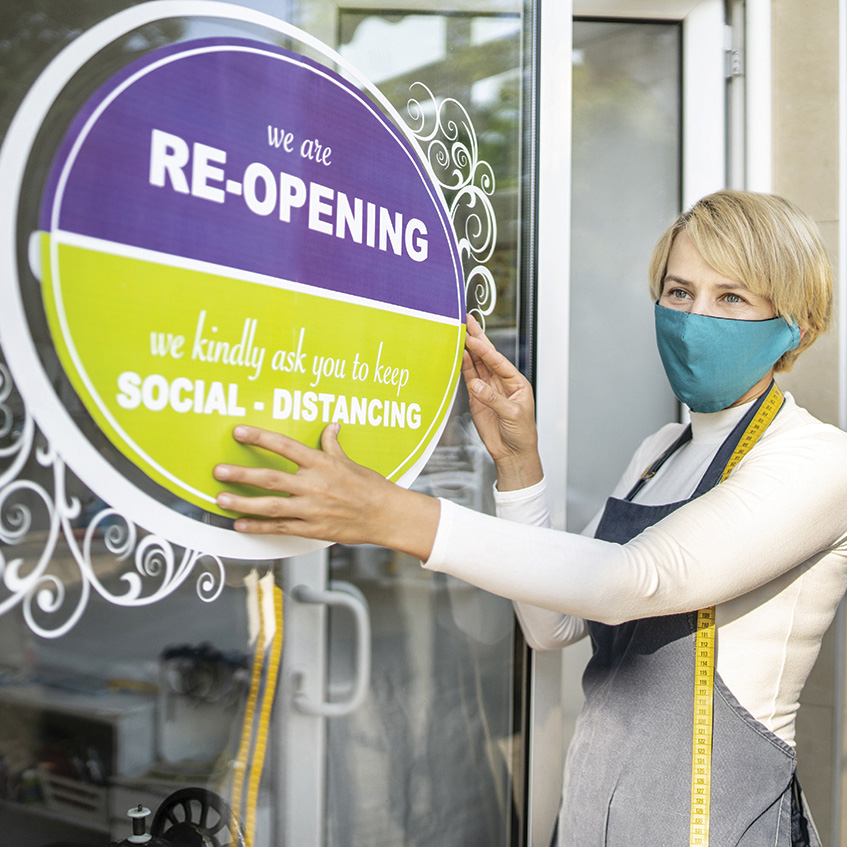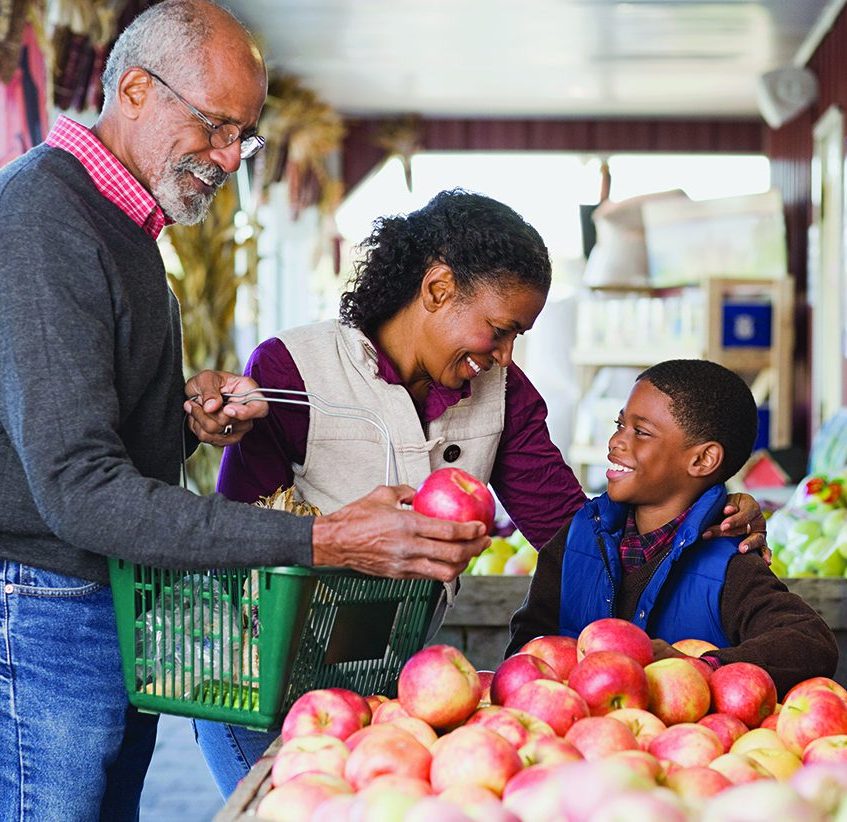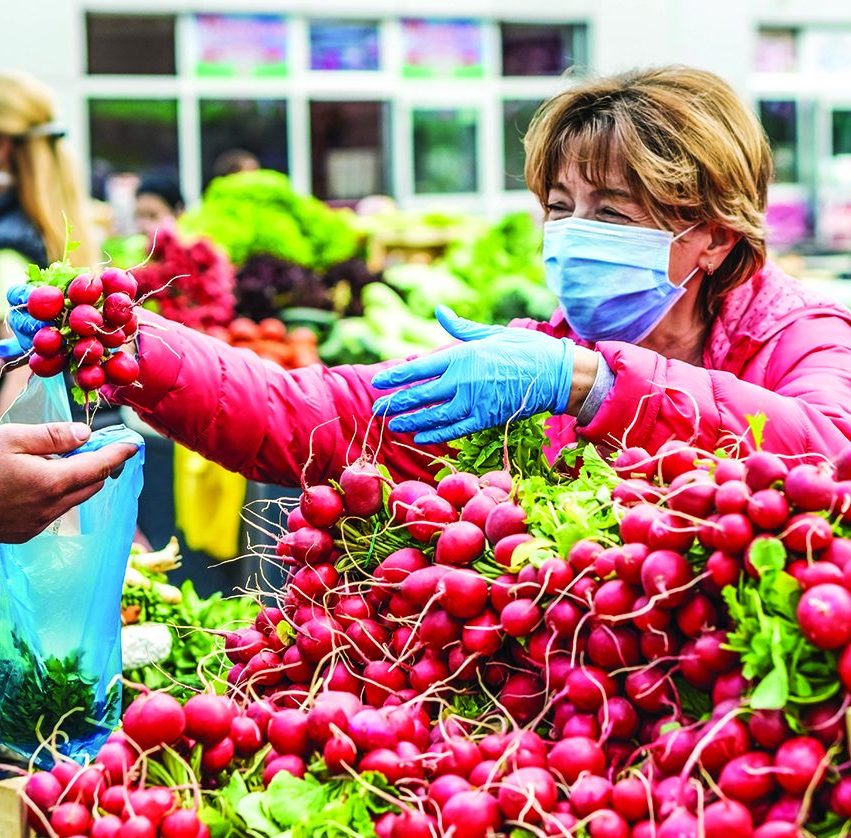The road back to normalcy after the COVID-19 pandemic figures to have some twists and turns. Even after the rollout of vaccines began in late 2020, public health agencies like the Centers for Disease Control and Prevention and the World Health Organization emphasized the importance of people keeping their collective guard up, as previously unseen variants of the virus were still being discovered.
A slow march toward recovery has begun, but the uphill nature of that march underscores how important it is that communities continue to come together to support each other as well as the locally owned businesses that make towns and cities so unique. Consumers who want to help the local businesses in their community rebound and thrive in the months and years ahead can show their support in various ways.
• Take charge of your to-go order. Convenience became the name of the game when ordering food during the pandemic. Curbside pickup service was offered as a safety measure, and many restaurants that never previously offered delivery or takeout started to do so to generate revenue at a time when in-person dining was limited if not disallowed. Some restaurants began offering delivery through apps like Grubhub or Uber Eats, and though that may be convenient for diners, restaurants must pay a fee to utilize those apps. In lieu of ordering through a third party delivery service, consumers can take charge of their to-go orders and pick up the food themselves. That saves restaurants the delivery app surcharge, allowing them to increase net profits on the meals they sell.
• Continue to be loyal. A recent study from researchers at the Harvard Business School found that a customer’s eighth purchase was an average of 80 percent higher than his or her first purchase. That highlights just how valuable repeat customers are to small businesses. Consumers who have had positive experiences with small businesses in their communities in the past can continue to support those companies by looking to them first when they need new products or services. Doing so not only helps small businesses retain more customers, but it increases the likelihood that consumers will again have positive buying experiences.
• Share experiences via social media. Small businesses recognize the value of social media. A 2021 survey from Visual Objects found that 74 percent of small businesses in the United States are active on their social media accounts at least once each week. Social media can become even more valuable to small businesses when their customers utilize such platforms to share positive experiences and encourage their friends and neighbors to patronize local businesses.
Consumers can take various steps to support small businesses in their communities as such establishments look to regroup and recover from the COVID-19 pandemic.











